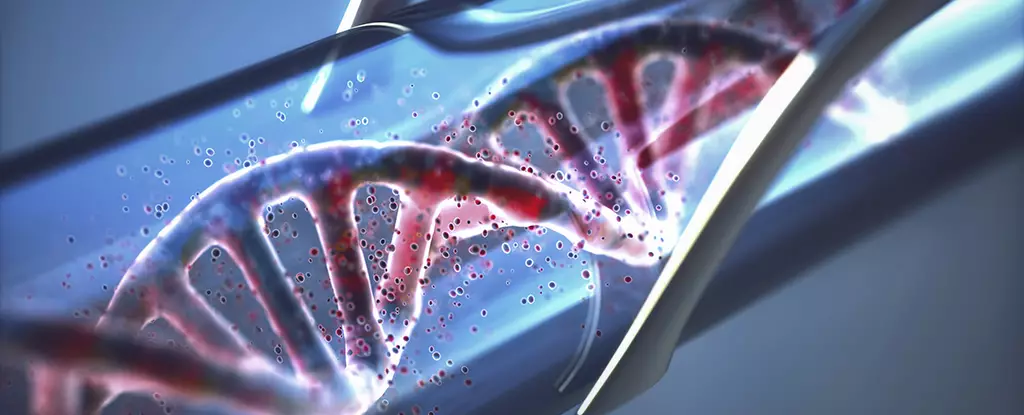In the quest for faster and more powerful computers, scientists have been exploring alternative methods beyond traditional electronic circuits. One of the most promising avenues is DNA computing, utilizing the unique capabilities of deoxyribonucleic acid (DNA) to revolutionize the field. While the concept of DNA computing has been around for decades, recent breakthroughs have brought us closer to unlocking its full potential. A team of researchers from China has developed a groundbreaking DNA integrated circuit (DIC) that has the ability to run an astonishing 100 billion circuits, significantly surpassing previous limitations. This advancement could lead us towards the development of general-purpose DNA computers that offer unprecedented speeds and capacities.
The key to unlocking the potential of DNA computing lies in programmability and scalability. Programmability allows for the specification and execution of various algorithms, while scalability enables the system to handle and process increasingly larger workloads. Building upon this understanding, the Chinese research team focused on DNA-based programmable gate arrays (DPGAs) as the foundation of their DNA integrated circuit. By mixing short segments of DNA strands with buffer fluid, larger structures could be created, which were then assembled into integrated circuits of varying combinations.
To ensure the success of their DNA integrated circuit, the researchers conducted detailed modeling to manage input and output signals and execute logic functions. This approach mimicked the functions of a standard computer, paving the way for the development of more complex circuits. In fact, the scientists were able to create circuits capable of solving quadratic equations and square roots. The potential applications of these systems reach beyond conventional computing tasks, with the researchers envisioning their adaptation for disease diagnosis and other medical applications.
One of the challenges in harnessing the power of DNA computing is signal attenuation, or the loss of signal strength as it travels through the system. It is essential to minimize signal attenuation to ensure the scalability and adaptability of DNA computers. Fortunately, the experimental systems developed by the Chinese research team showed little to no signal attenuation, marking a significant step towards achieving general-purpose DNA computing.
While we have made significant strides in the field of DNA computing, there is still much work to be done to realize its full potential. The development of DNA integrated circuits that are truly general-purpose and capable of solving a wide range of computational problems remains a complex task. However, the breakthroughs achieved by the Chinese researchers bring us one step closer to a future where DNA computers outperform their electronic counterparts.
DNA computing offers unprecedented opportunities for computation, with the potential for machines that operate at speeds and capacities far beyond what we currently believe is possible. As we continue to explore this exciting field, scientists around the world are collaborating to overcome the remaining challenges and unlock the full potential of DNA computing.
As with any emerging technology, the journey towards mainstream adoption may be slow and arduous. However, the promise of DNA computing is too great to ignore. With continued research and innovation, we may soon witness a new era in computing that harnesses the power of biology to transform the way we process information.


Leave a Reply